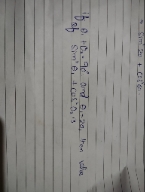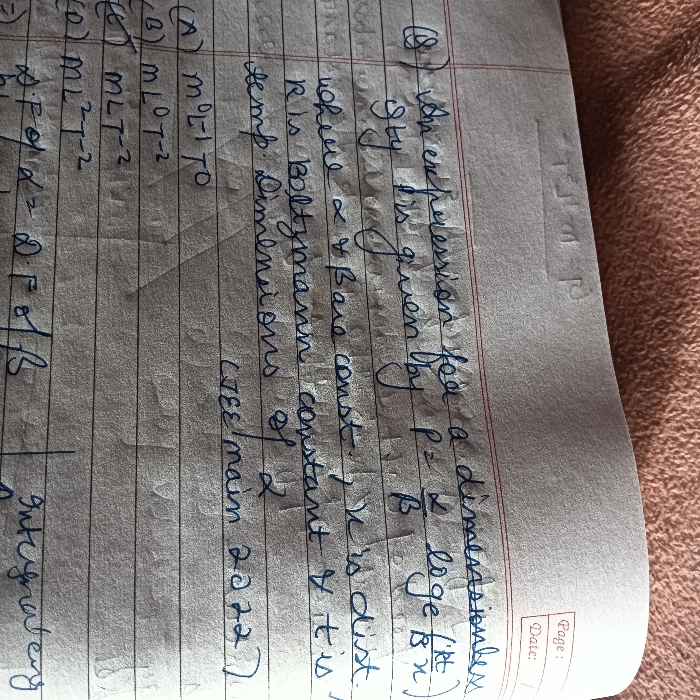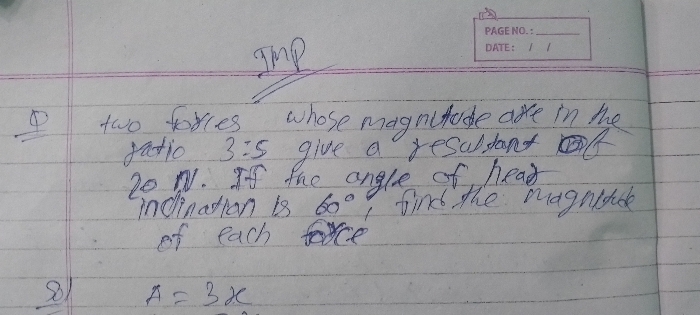CBSE Class 11-science Answered
12?

Asked by smanishkumar2002 | 09 Jun, 2018, 07:55: AM
Let T be the time to ascend a vertical distance y.
T = y/v0 ............................(1)
Horizontal drift x(y) at y is given by

Resultant velocity v(y) is given by
 ...............................(4)
...............................(4)By integrating eqn.(4) we get tangential acceleration  .......................(5)
.......................(5)
 .......................(5)
.......................(5)Normal acceleration : ar = v2/R ................................(6)
where R is radius of curvature. R is given by
 ..........................(7)
..........................(7)from eqn.(3), we get 

by substituting above derivatives in eqn.(7) , we get  ....................(8)
....................(8)
 ....................(8)
....................(8)using eqns.(4), (6) and (8), we get normal acceleration 

Total acceleration = 

Answered by Thiyagarajan K | 09 Jun, 2018, 09:00: PM
CBSE 11-science - Physics
Asked by sheikhsaadat24 | 17 Apr, 2024, 09:41: PM
CBSE 11-science - Physics
Asked by sy123946 | 07 Apr, 2024, 04:23: PM
CBSE 11-science - Physics
Asked by derhebha955 | 03 Apr, 2024, 09:03: AM
CBSE 11-science - Physics
Asked by sumedhasingh238 | 29 Mar, 2024, 05:15: PM
CBSE 11-science - Physics
Asked by sumedhasingh238 | 28 Mar, 2024, 11:10: PM
CBSE 11-science - Physics
Asked by roshnibudhrani88 | 23 Mar, 2024, 05:52: PM
CBSE 11-science - Physics
Asked by emad.amd | 21 Mar, 2024, 12:00: PM
CBSE 11-science - Physics
Asked by vinitdubey7735 | 14 Mar, 2024, 11:21: AM
CBSE 11-science - Physics
Asked by om636694 | 04 Mar, 2024, 09:10: PM
CBSE 11-science - Physics
Asked by rajuinwati12 | 04 Mar, 2024, 09:22: AM




